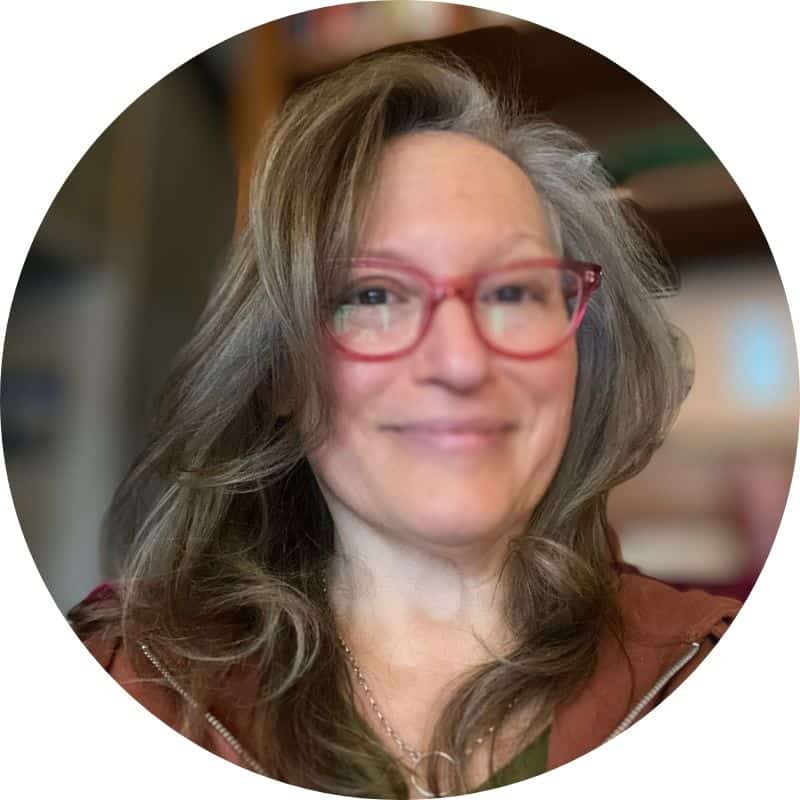The Newest Technology in Cosmetics: Revolutionizing Beauty and Skincare
The cosmetics industry is at the forefront of technological innovation, incorporating cutting-edge advances to enhance beauty products and skincare routines. From AI-powered skin analysis to personalized beauty regimens and sustainable ingredient sourcing, the latest technology in cosmetics is changing the landscape of beauty. Here’s a look at some of the most exciting developments, supported by credible sources.
1. AI and Machine Learning in Skin Analysis

Artificial intelligence (AI) and machine learning have transformed how consumers approach skincare. With AI-driven apps and devices, users can now receive personalized skincare recommendations based on detailed skin analyses. Companies like L’Oréal have developed AI-powered tools that analyze users’ skin through a simple selfie, providing tailored product recommendations.
Another popular AI application is the SkinConsult AI by Vichy, which uses machine learning to assess skin health factors such as wrinkles, fine lines, and pigmentation, helping customers understand their unique skincare needs. These advancements allow consumers to make informed choices about products that match their skin types and concerns.
2. Augmented Reality (AR) for Virtual Try-Ons

Augmented reality (AR) technology is making it easier than ever for consumers to try on makeup virtually. Sephora’s Virtual Artist and Estée Lauder’s Lip Artist apps are two examples of platforms that allow users to see how different shades of makeup look on their faces before purchasing. This tech innovation not only enhances the shopping experience but also reduces the need for physical testers, which is crucial for hygiene and sustainability in retail environments.
L’Oréal has further developed AR technology through its Modiface app, which allows users to try on various hair colors, foundations, and eye products virtually. By partnering with brands and social media platforms, L’Oréal has made virtual try-ons widely accessible.
3. 3D Printing for Custom Cosmetics

3D printing has become a fascinating addition to the cosmetics industry, allowing for the creation of custom products tailored to individual needs. Mink, a company at the forefront of this innovation, uses 3D printing technology to produce makeup in virtually any color imaginable. This technology empowers consumers to create unique shades on-demand, changing how makeup is manufactured and reducing excess inventory.
Additionally, Chanel has leveraged 3D printing to create a mascara brush, the first of its kind in the industry, designed to optimize application and product performance. Such advancements showcase how 3D printing can create products that improve both the user experience and the product’s effectiveness.
4. Biotechnology in Sustainable Ingredient Sourcing

With the demand for clean beauty growing, biotechnology has emerged as a powerful tool for sourcing sustainable and natural ingredients. Companies like Amyris are pioneering synthetic biology to produce ingredients that mimic naturally derived compounds but are more eco-friendly. One example is squalane, a moisturizer traditionally derived from shark liver oil, which Amyris now produces from sugarcane.
Givaudan, another key player, is developing fragrance ingredients through biotechnology, reducing the environmental impact of perfume production. This technology not only supports environmental sustainability but also ensures ingredient quality and consistency in a way that traditional farming methods cannot.
5. Microbiome-Friendly Skincare
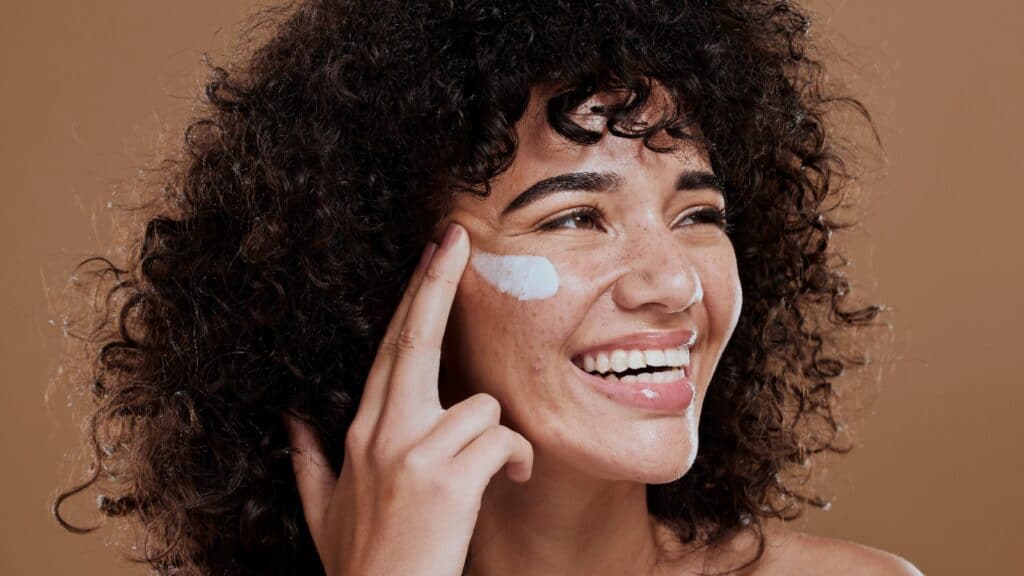
The role of the skin microbiome in maintaining healthy skin has led to a surge in microbiome-friendly products. Skincare brands are now formulating products that nurture the skin’s natural microbiota rather than disrupting it. One notable product is La Roche-Posay’s Lipikar Balm AP+, which includes prebiotics to support skin microbiome health.
The beauty industry has embraced research linking a healthy skin microbiome to reduced inflammation and acne, leading to products designed specifically to work with each individual’s unique microbial composition. As more research unveils the importance of microbiome health, microbiome-friendly skincare will continue to grow as a category.
6. Nanotechnology for Improved Absorption

Nanotechnology allows for smaller particles in skincare products, enhancing absorption and efficacy. Ingredients like vitamins, antioxidants, and peptides can be encapsulated in nanosized particles to penetrate the skin more deeply and deliver their benefits more effectively. Esteemed brands, including Estée Lauder and Lancôme, utilize nanotechnology to improve the potency and delivery of their products.
Moreover, nanotechnology is advancing in sunscreens to provide better UV protection without the heavy, sticky feel of traditional formulations. This innovation is crucial as it encourages more users to wear sun protection daily (FDA Nanotechnology Sunscreen).
7. AI-Driven Personalized Beauty Boxes
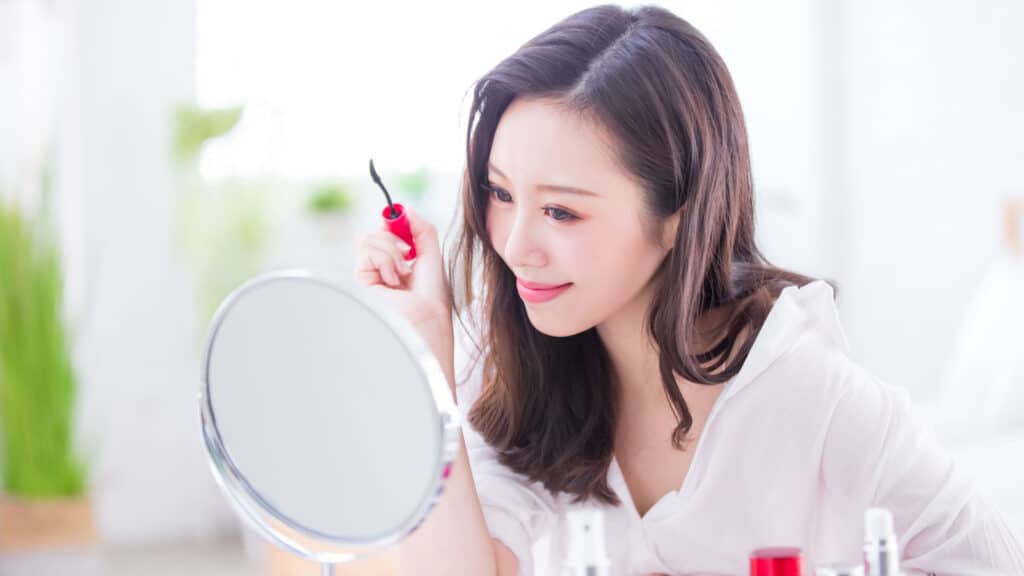
Beauty subscription boxes are now taking personalization to a new level with the help of AI. Brands like Ipsyand Birchbox use AI algorithms to analyze consumer preferences, skin types, and past product reviews to curate a box that is tailored to each customer’s unique needs. This customization creates a more enjoyable experience for the customer, ensuring they receive products they are more likely to love and use.
8. Light Therapy Devices for At-Home Use
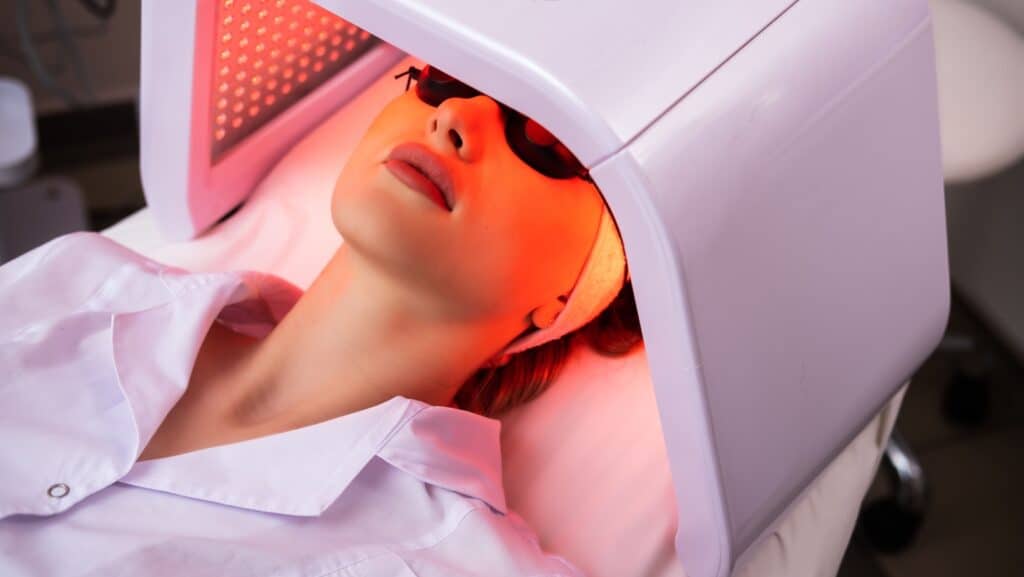
Light therapy, long used by dermatologists for skin treatments, has become accessible for at-home use thanks to advancements in portable devices. Brands like Dr. Dennis Gross Skincare offer light therapy masks that target acne, wrinkles, and pigmentation, using LED technology to stimulate skin cells and promote healing (Dr. Dennis Gross Light Therapy).
These devices provide similar benefits to in-office treatments, offering consumers a convenient, cost-effective alternative. With more studies validating the effectiveness of light therapy, its popularity is expected to grow.
9. Virtual Skincare Consultations

Virtual consultations have become a valuable service as more consumers seek skincare advice online. Brands like Clinique and Dermalogica offer digital consultations with skincare experts, allowing users to receive guidance without visiting a store. These consultations often utilize AI to assess skin concerns via webcam, ensuring users receive advice tailored to their specific needs.
This technology has been particularly beneficial during the COVID-19 pandemic, as customers turned to online shopping and virtual services. Virtual consultations are expected to continue growing, offering consumers personalized care from the comfort of their homes.
Conclusion
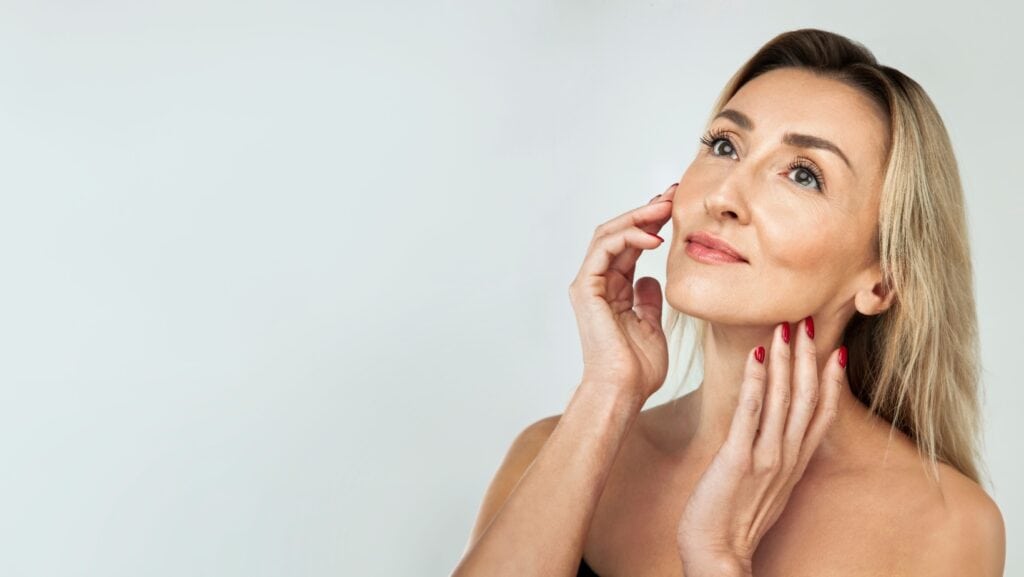
The latest technology in cosmetics is revolutionizing how we approach beauty and skincare, making it easier for consumers to find products that meet their unique needs. From AI and AR to nanotechnology and biotechnology, these innovations provide a glimpse into the future of cosmetics, where technology and beauty intersect in remarkable ways. Whether through personalized skincare or sustainable ingredient sourcing, the future of beauty looks more accessible, effective, and eco-conscious than ever before. As technology advances, the cosmetics industry will likely continue pushing the boundaries, bringing new, exciting possibilities for consumers and professionals alike.
The 8 Most Dangerous Cosmetic Products We Still Use
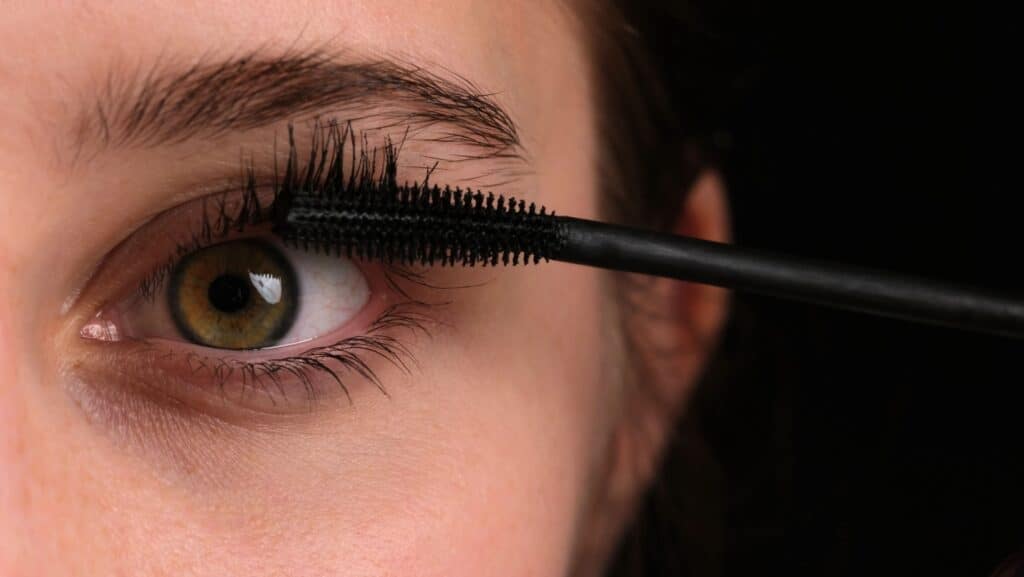
People like to say that beauty is pain, but the truth of that statement goes beyond uncomfortable stilettos and early morning makeup routines. Some beauty products have the potential to cause cancer, respiratory issues, and other severe health conditions — products that you might be using every day.
While regulations exist to ensure product safety, certain ingredients and formulations may still cause harm. We want to highlight some of the most dangerous cosmetic products so you can beautify yourself wisely and safely.
READ: The 8 Most Dangerous Cosmetic Products We Still Use
Stylish and Affordable: How to Score the Perfect Pair of Glasses!

Eyewear is not just a necessity for those with vision problems; it is also a fashion statement. Whether you are looking for prescription eyeglasses or sunglasses, the quest to find a pair that is both fashionable and economical can be a challenging task. Fortunately, with a little research and some savvy shopping tips, you can find eyewear that fits your budget and style.
READ: Stylish and Affordable: How to Score the Perfect Pair of Glasses!
Mastering Curly Hair: Tips for Perfect Curls Every Day

Curly hair is uniquely beautiful but can be challenging to manage due to its structure. Unlike straight hair, curls can become entangled easily because the hair cuticle doesn’t lie flat. This leads to higher porosity and increased susceptibility to humidity and dehydration, making proper hydration the cornerstone of curly hair care. And not all waves and curls are the same. Let’s look at wave and curl types, and how to get the most out of your hair.
READ: Mastering Curly Hair: Tips for Perfect Curls Every Day
Can “Clean Beauty” Truly Transform Your Appearance And Well-Being?
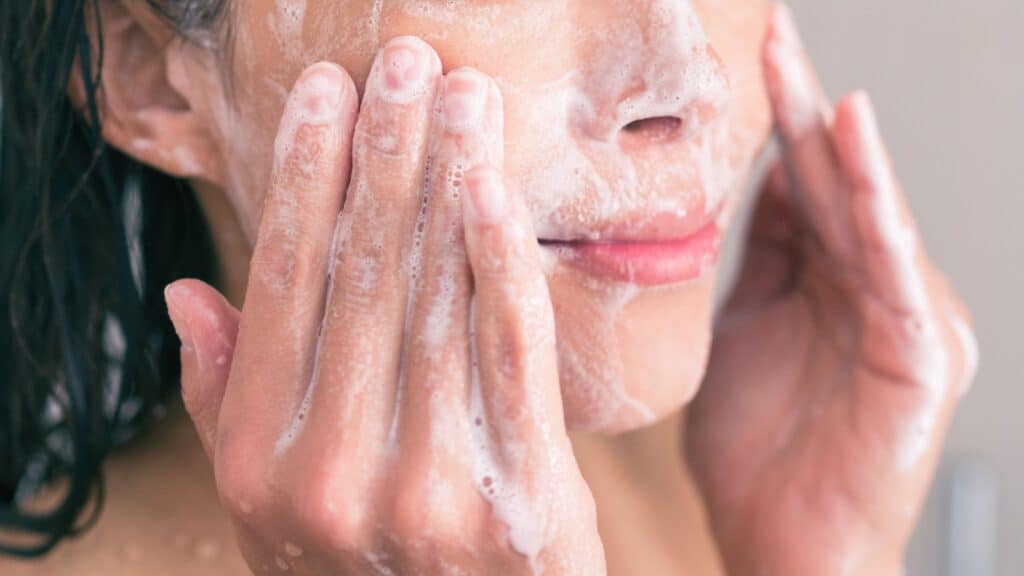
So many of us are interested in self-improvement, from maintaining or enhancing our physical appearance, to tending to our mental well-being. In recent years, one trend that has gained significant traction in this pursuit is “clean beauty”—an umbrella term encompassing various approaches and products designed to promote healthier skin and a clearer conscience. But what does “clean beauty” mean?
READ: Can “Clean Beauty” Truly Transform Your Appearance And Well-Being?
Join Us
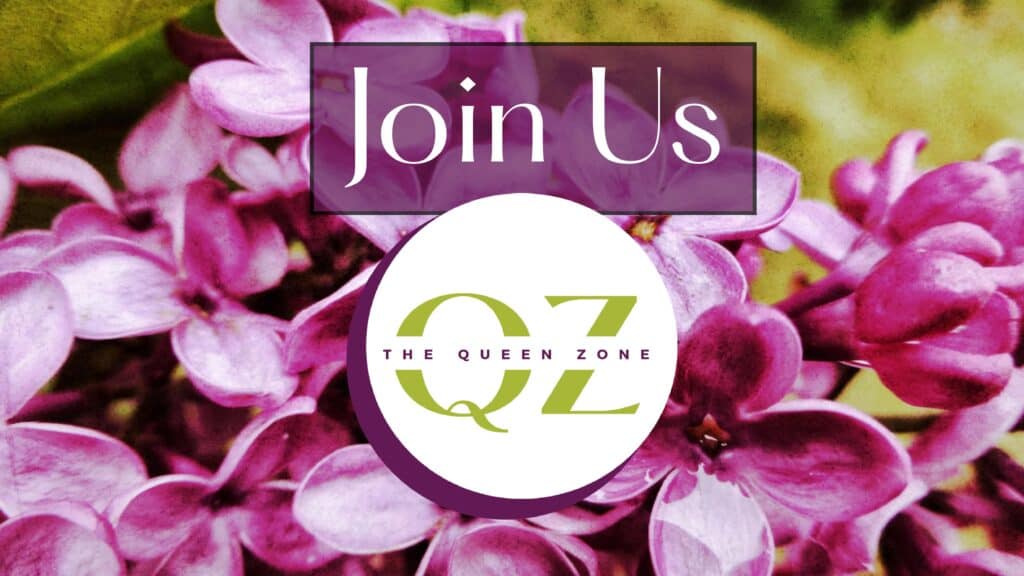
Join us on this empowering journey as we explore, celebrate, and elevate “her story.” The Queen Zone is not just a platform; it’s a community where women from all walks of life can come together, share their experiences, and inspire one another. Welcome to a space where the female experience takes center stage. Sign up for our newsletter so you don’t miss a thing, Queen!

